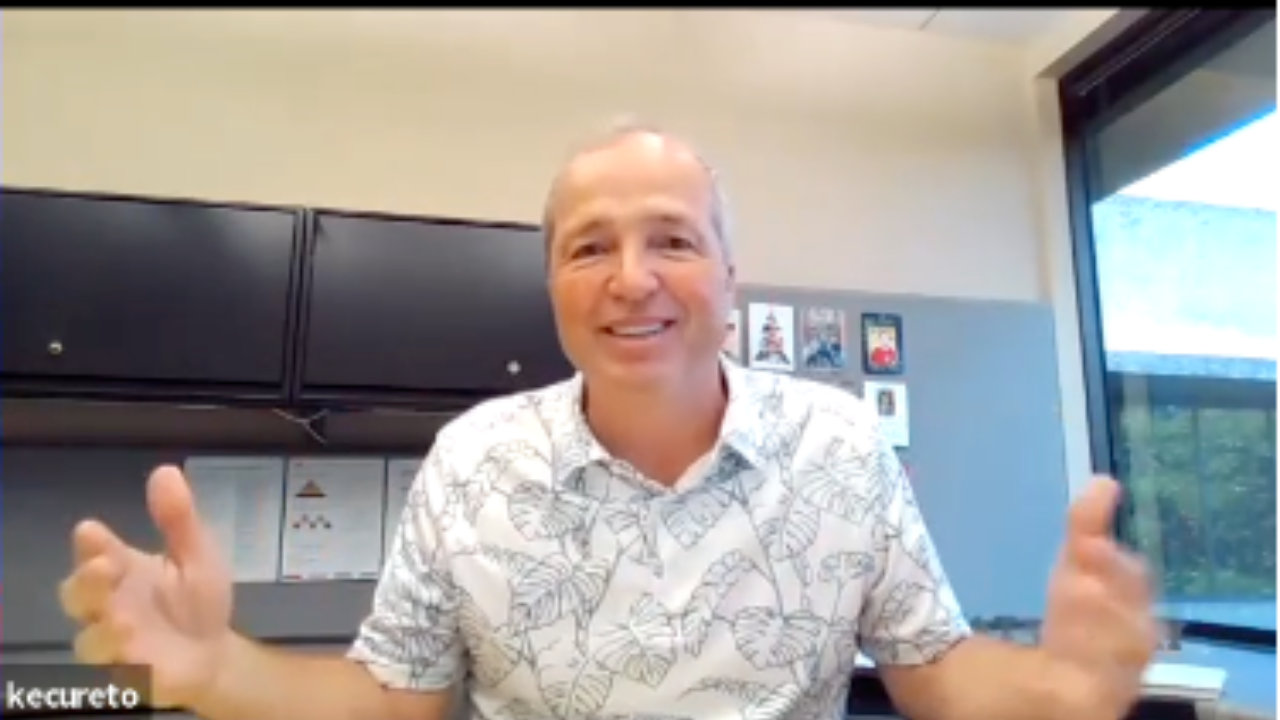ERM Initiative Staff
Practical Tips to Prepare for Disruption
Running the Risk: What it Takes to be a Chief Risk Officer (CRO)
Elevating Value of Leading-Edge ERM: Highlights from the April 22, 2022 ERM Roundtable Summit
Relational Contracts and Foreign Managerial Distribution
A Look Inside Disney’s Tax Battle
Study Finds Empowering Workers Can Backfire
Protecting Brand Reputation in the Digital Age

Reporting Risk Information to Boards of Directors
REGISTER NOW! Master of Management, Risk and Analytics Concentration (MRA) Session, February 28, 2023
